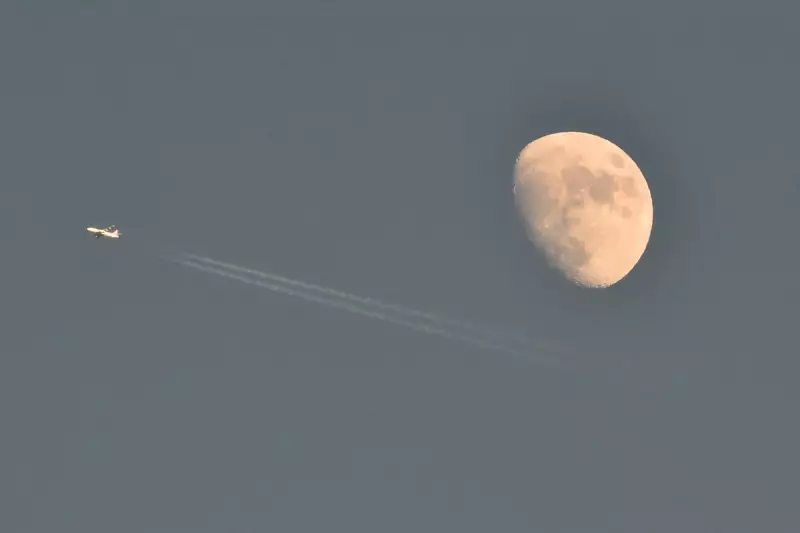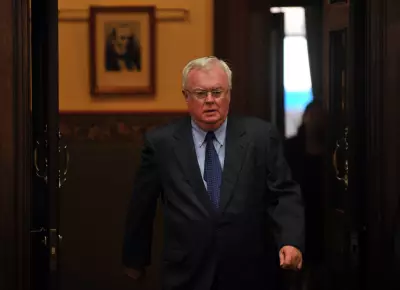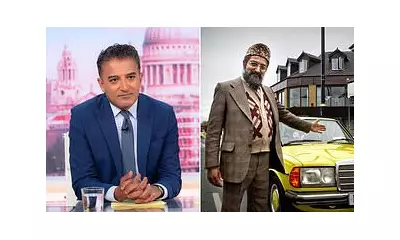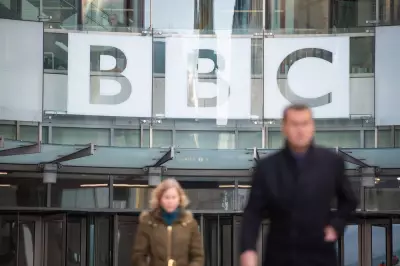
Look up at the sky on any clear day in Britain, and you might see those familiar white streaks trailing behind aircraft. While most of us recognise these as simple condensation trails, a growing number of people see something far more sinister - government plots written across the heavens.
The Persistent Chemtrail Theory
The chemtrail conspiracy theory first emerged in 1996 when conspiracy theorists misinterpreted a genuine U.S. Air Force research paper about weather modification. Since then, the theory has gained remarkable traction, particularly through social media platforms and conservative news outlets. Research shows that X, formerly Twitter, serves as a particularly active hub for this online community of conspiracy believers.
Despite being thoroughly debunked by scientific experts, the theory maintains that ordinary contrails are actually chemtrails - clouds of chemical or biological agents being deliberately sprayed on an unsuspecting public. Believers attribute various sinister motives to this alleged practice, ranging from weather control to mass poisoning or even mind control programmes.
Mainstream Attention and Political Support
Recent years have seen the chemtrail theory receive significant mainstream attention. Conservative commentator Tucker Carlson, whose podcast averages over a million viewers per episode, recently interviewed longtime geoengineering opponent Dane Wigington. Although the interview was widely discredited by other media outlets, it represents just one example of the spike in chemtrail belief.
While chemtrail belief spans the political spectrum, it has found particular resonance in Republican circles. U.S. Secretary of Health and Human Services Robert F. Kennedy Jr. has publicly supported the theory, while U.S. Representative Marjorie Taylor Greene of Georgia has written legislation to ban chemical weather control. Numerous state legislatures have followed suit with similar proposals.
The Flawed Logic Behind Chemtrail Beliefs
According to communications researcher Calum Lister Matheson, the chemtrail theory suffers from two fundamental logical problems: falsifiability and parsimony. The theory operates on what psychologist Rob Brotherton describes as a heads I win, tails you lose structure. Any evidence supporting chemtrails confirms the theory, while any evidence denying them simply proves the cover-up is working.
This makes the theory nonfalsifiable - impossible to disprove to true believers. Additionally, the theory fails the test of parsimony (Occam's razor), requiring countless suppositions to be true. Is it more likely that thousands of complicit agents are secretly conducting massive weather or mind-control programmes, or that we're simply seeing ice crystals from aircraft engines?
As scientist Carl Sagan famously noted, extraordinary claims require extraordinary evidence. In the case of chemtrails, that evidence simply doesn't exist.
The Psychology of Conspiracy Belief
So why do people continue to believe in chemtrails despite overwhelming scientific evidence against them? According to Matheson's research in his new book Post-Weird: Fragmentation, Community, and the Decline of the Mainstream, conspiracy theories help people create bonds through shared practices of interpreting the world.
Uncertainty and chaos in a complicated world can feel overwhelming. Conspiracy theories serve as psychological coping mechanisms, providing an illusion of mastery and control when people feel powerless. This might explain why the theory resonates particularly with audiences who prefer clear lines of good and evil rather than facing life's random uncertainties.
Ultimately, chemtrail belief represents what Sigmund Freud might have recognised as a fort-da game - a simulation of control where none actually exists. Conspiracy theorists would rather see themselves as targets of an evil conspiracy than acknowledge the limits of their knowledge and power in a complex world.





